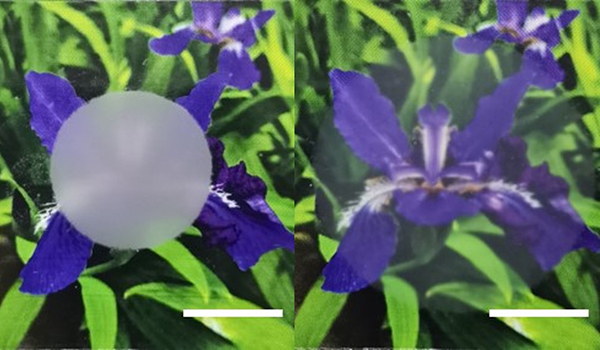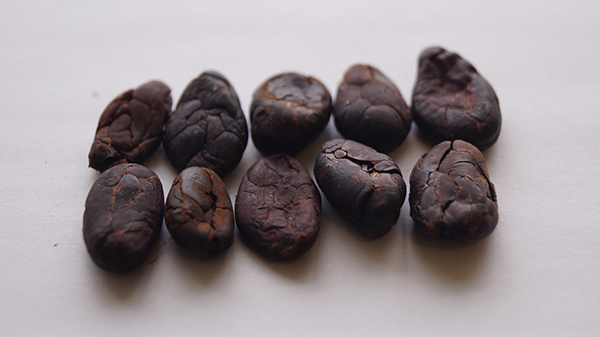FOR IMMEDIATE RELEASE
ACS Measurement Science Au is a member of the ACS Au family of journals. These publications are open access, and each one focuses on a specific field relevant to chemistry. Here, we take a look at a few recent papers from ACS Measurement Science Au, which publishes experimental, computational or theoretical research in all areas of chemical measurement science. The journal welcomes papers on any phase of analytical operations, such as sampling, measurement and data analysis.
“Colorimetric Signal Readout for the Detection of Volatile Organic Compounds Using a Printable Glass-Based Dielectric Barrier Discharge-Type Helium Plasma Detector”
ACS Measurement Science Au
May 30, 2023
Many volatile organic compounds (VOCs) are potentially harmful to the environment and people, so it’s useful to know when they are present. These authors developed a method to identify VOCs that involves detecting a color change when they are introduced into a hot plasma. The color change is recorded as a video clip with a cellphone camera, and the video information is correlated with gas chromatography data. With the method, the authors detected VOCs at very low levels.
“Strategies for Overcoming the Single-Molecule Concentration Barrier”
ACS Measurement Science Au
May 9, 2023
When experiments are carried out on large populations of molecules, researchers might not get a clear picture of what the individual molecules are doing. That is, some processes and interactions can get lost when averaging the activity of many molecules. Fluorescence is a popular way to detect single-molecule activities, but this technique only works with low concentrations of the fluorescent species. In this review, researchers describe ways to get over this “concentration barrier” to observe single-molecule interactions in high-concentration environments.
“Electrochemical Detection of Borrelia burgdorferi Using a Biomimetic Flow Cell System”
ACS Measurement Science Au
March 30, 2023
Lyme disease affects hundreds of thousands of people in the U.S. each year, according to the U.S. Centers for Disease Control and Prevention. But current diagnostic tests are not very reliable — they use indirect methods, measuring antibodies the body produces against the Borrelia bacteria that cause the disease. Now, researchers have developed a proof-of-concept electrochemical test that’s much more direct and rapid. It is based on the binding of a Borrelia protein with human fibronectin, an interaction that’s key to the infection process.
###
The American Chemical Society (ACS) is a nonprofit organization chartered by the U.S. Congress. ACS’ mission is to advance the broader chemistry enterprise and its practitioners for the benefit of Earth and all its people. The Society is a global leader in promoting excellence in science education and providing access to chemistry-related information and research through its multiple research solutions, peer-reviewed journals, scientific conferences, eBooks and weekly news periodical Chemical & Engineering News. ACS journals are among the most cited, most trusted and most read within the scientific literature; however, ACS itself does not conduct chemical research. As a leader in scientific information solutions, its CAS division partners with global innovators to accelerate breakthroughs by curating, connecting and analyzing the world’s scientific knowledge. ACS’ main offices are in Washington, D.C., and Columbus, Ohio.
To automatically receive press releases from the American Chemical Society, contact newsroom@acs.org.
Note: ACS does not conduct research, but publishes and publicizes peer-reviewed scientific studies.







